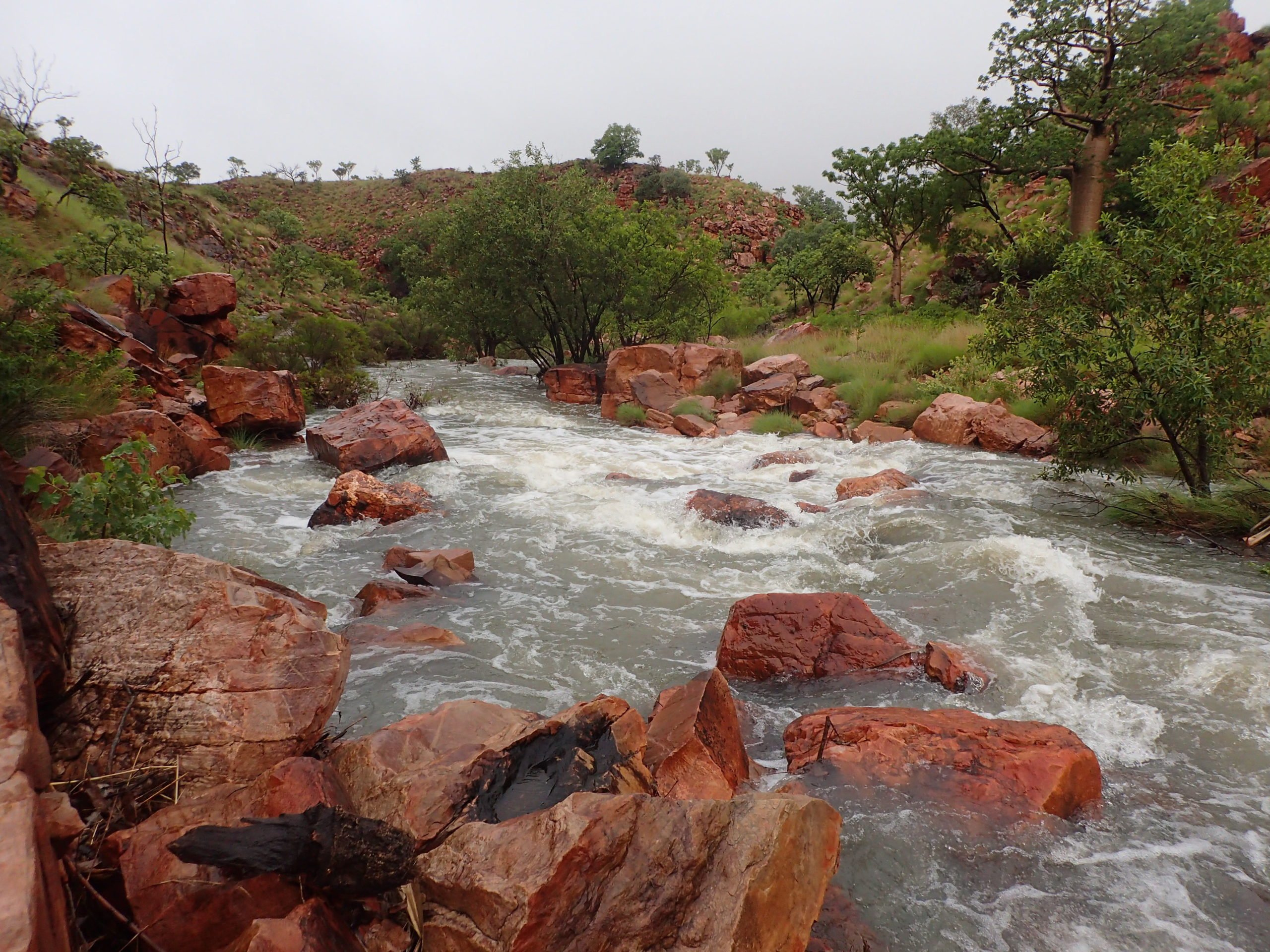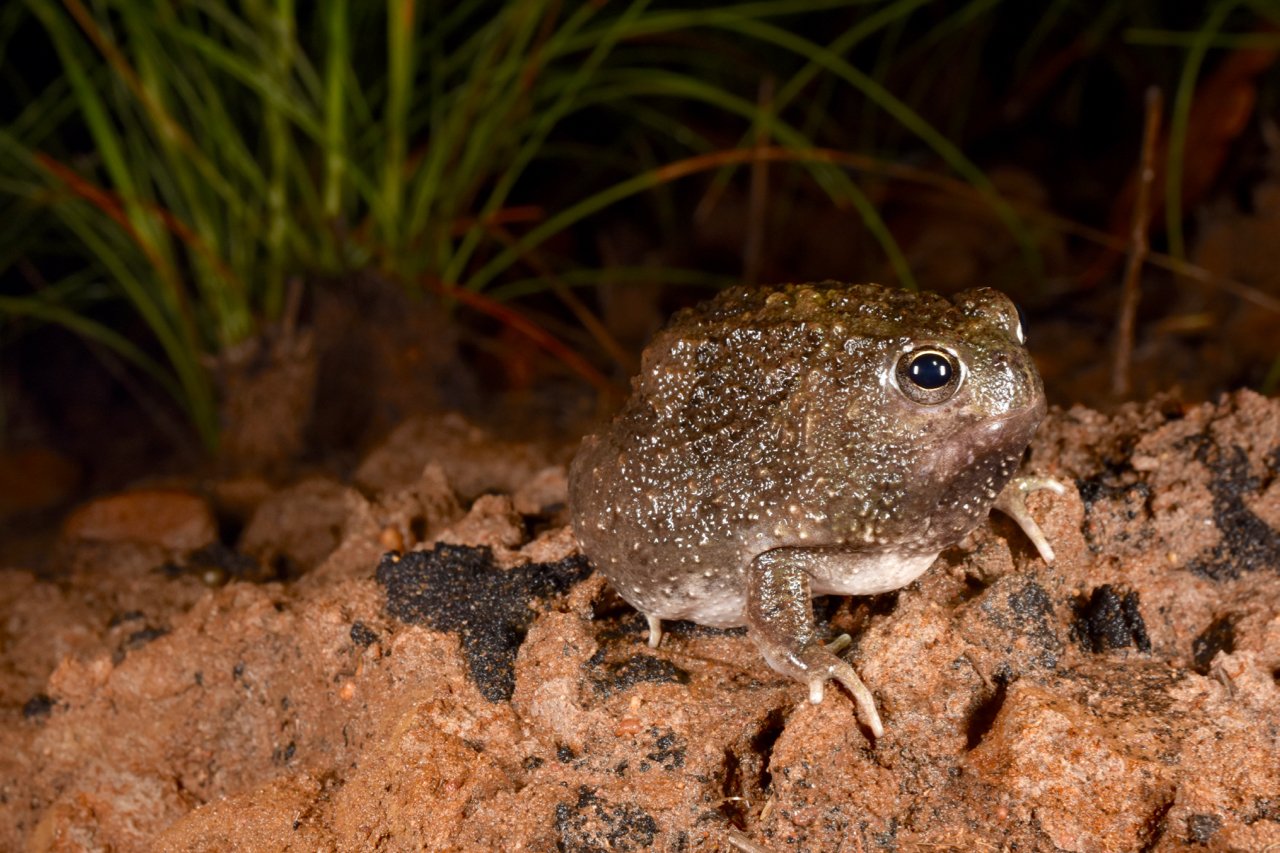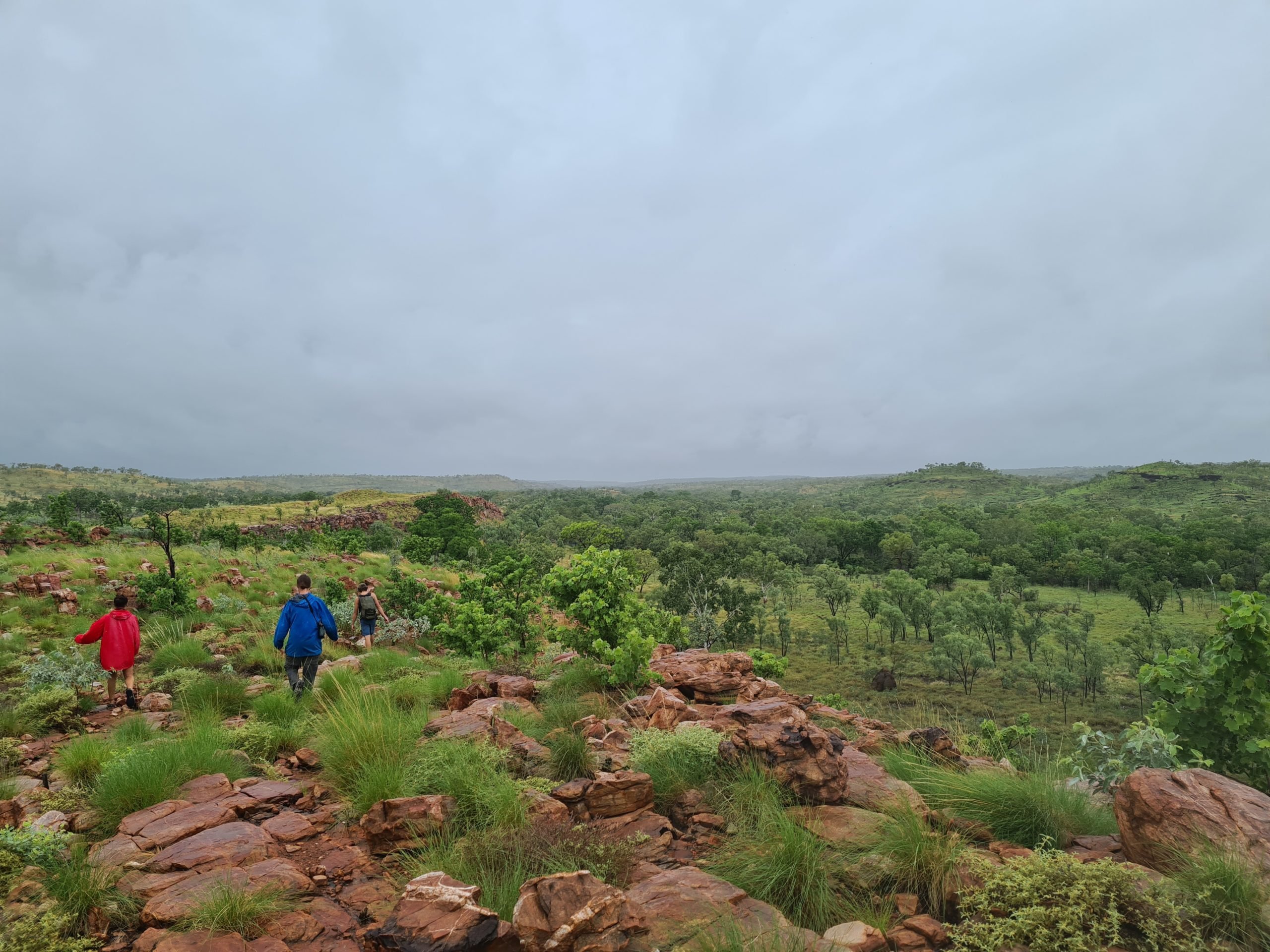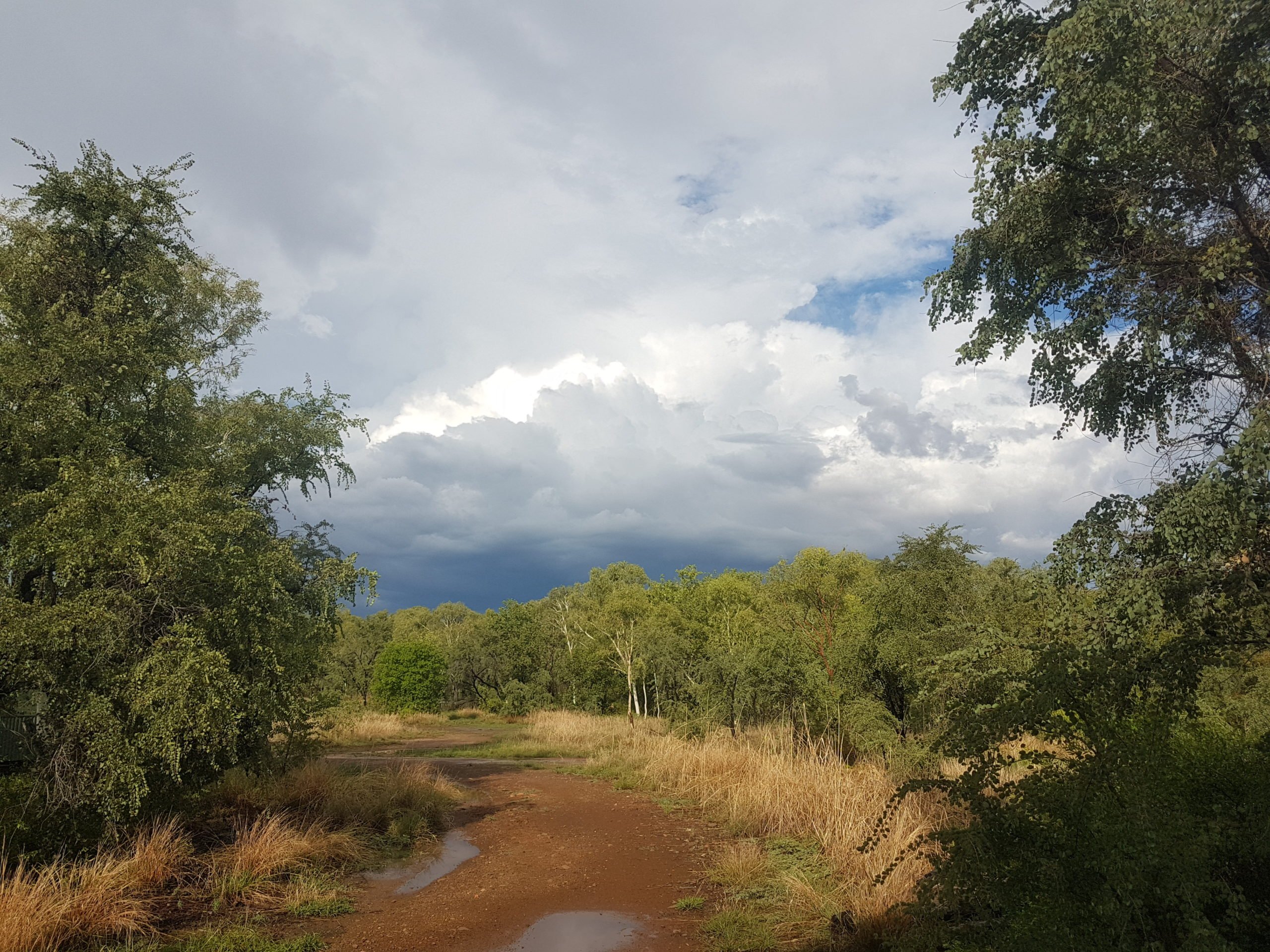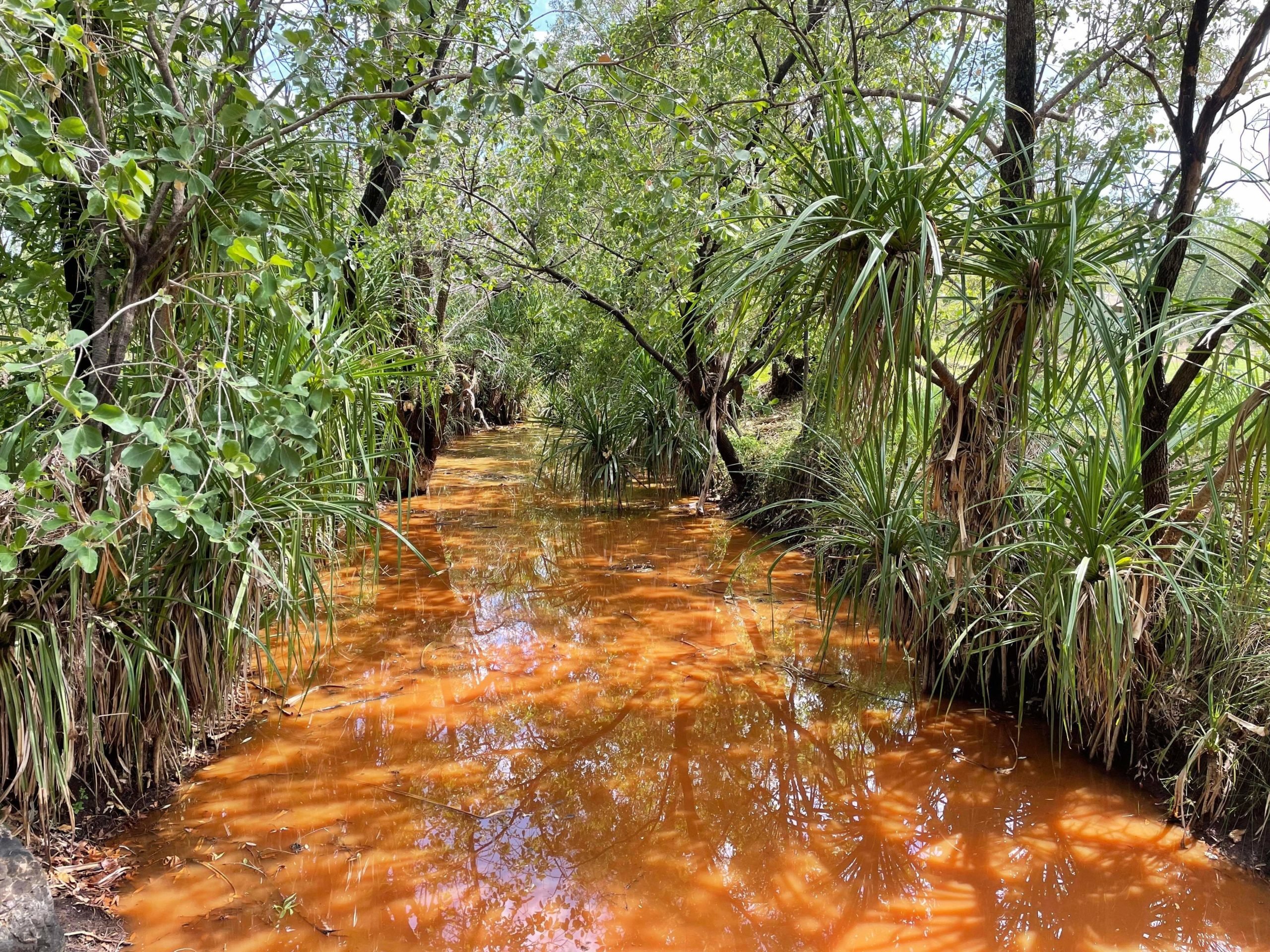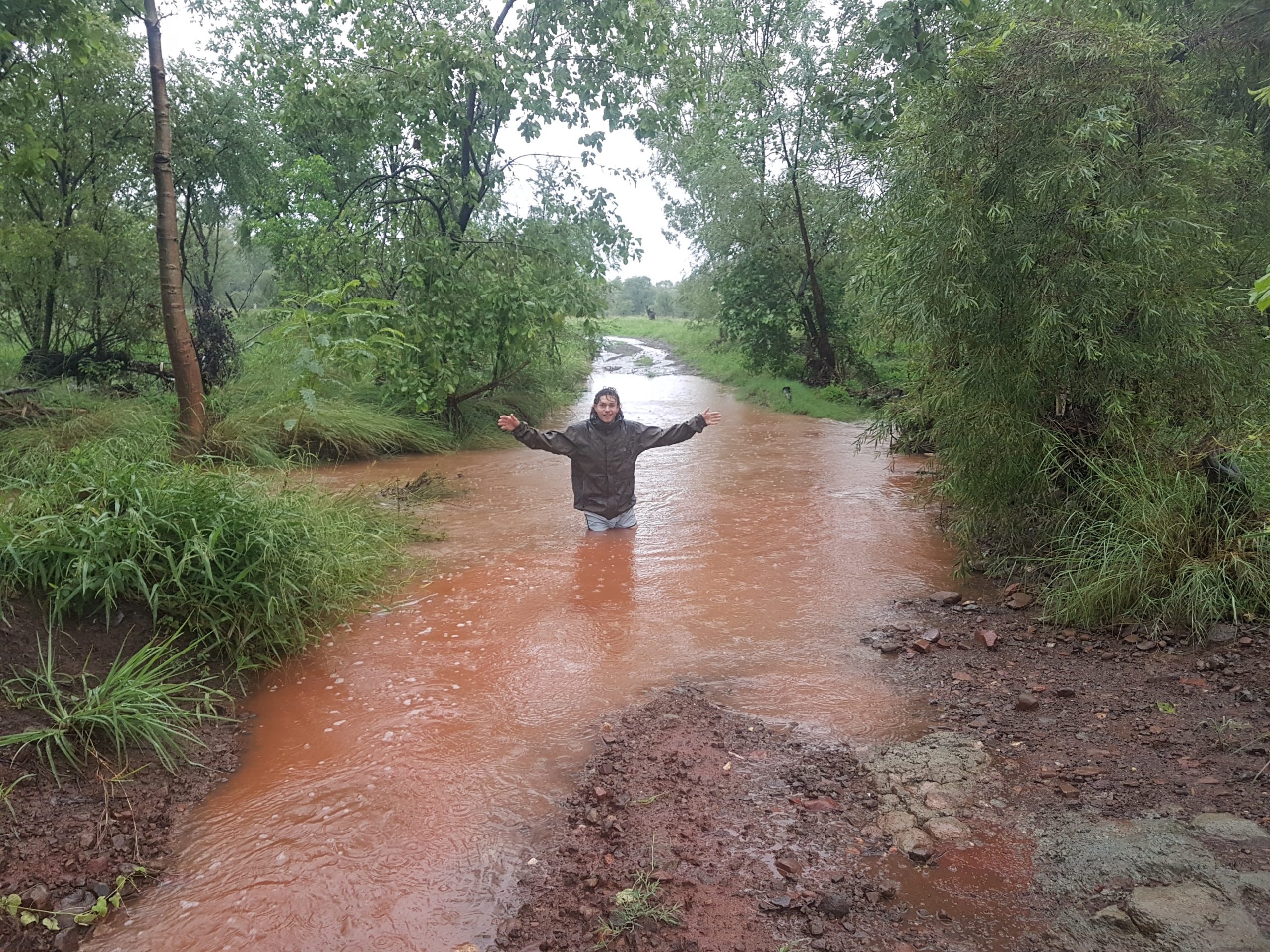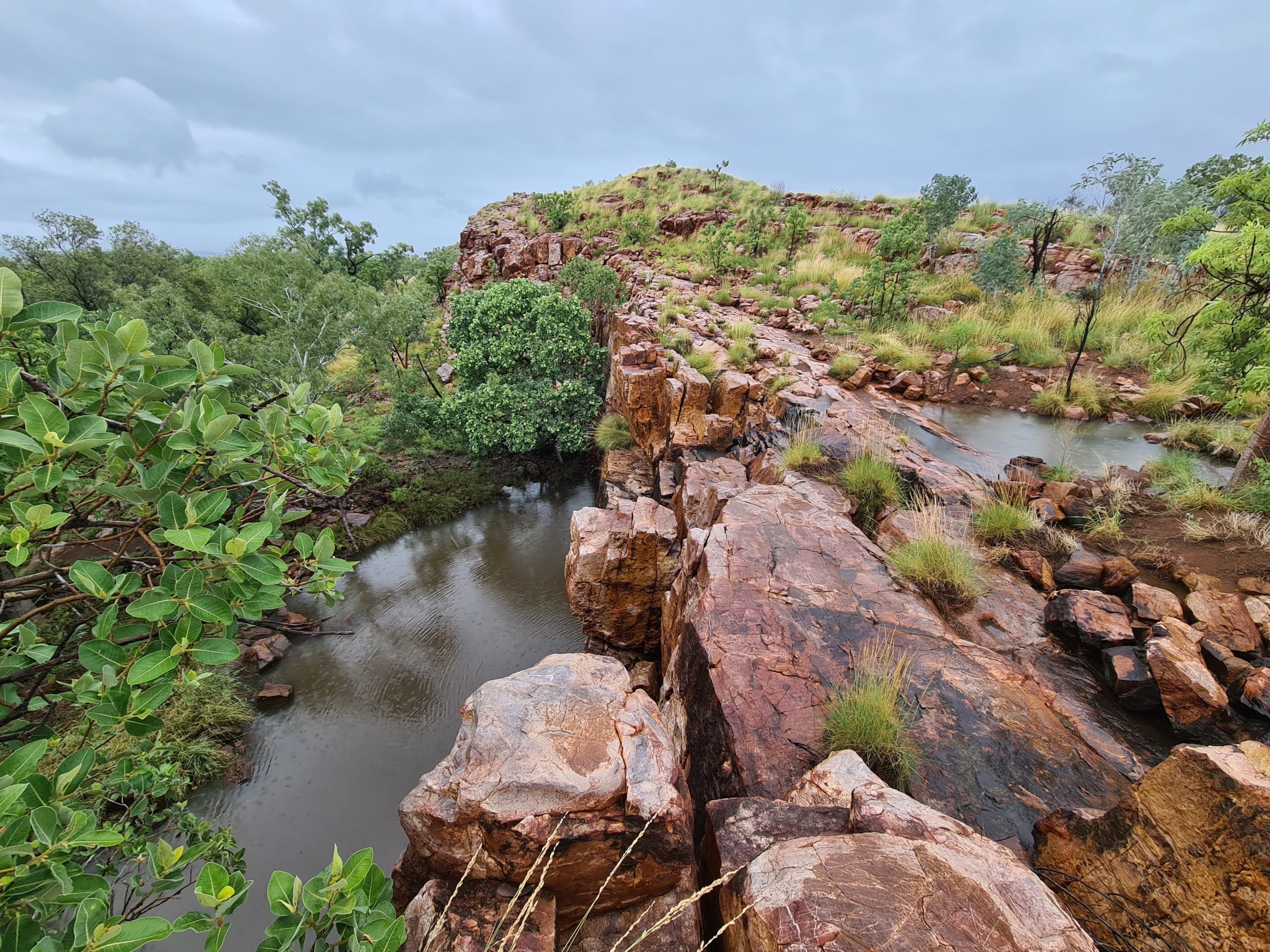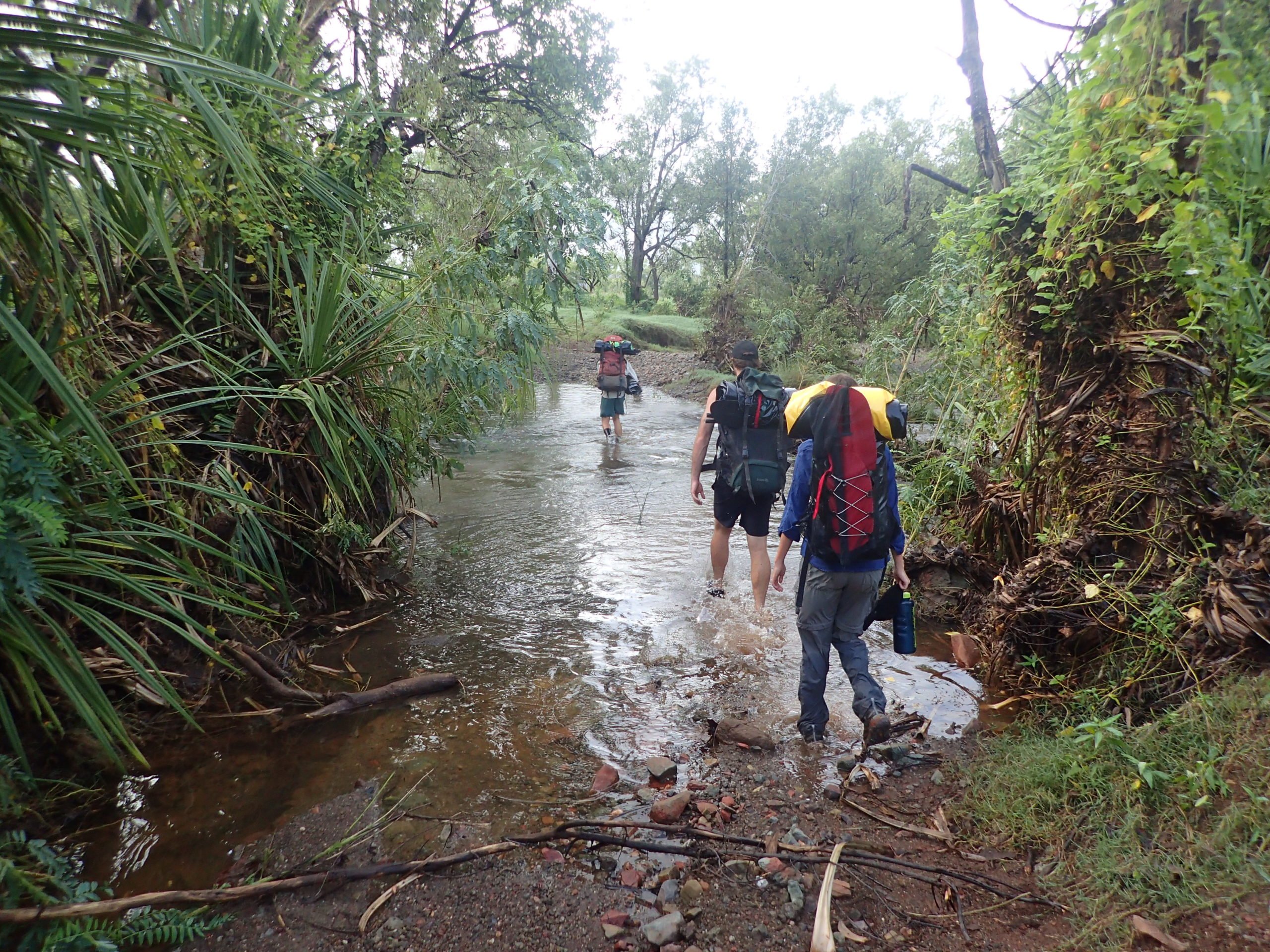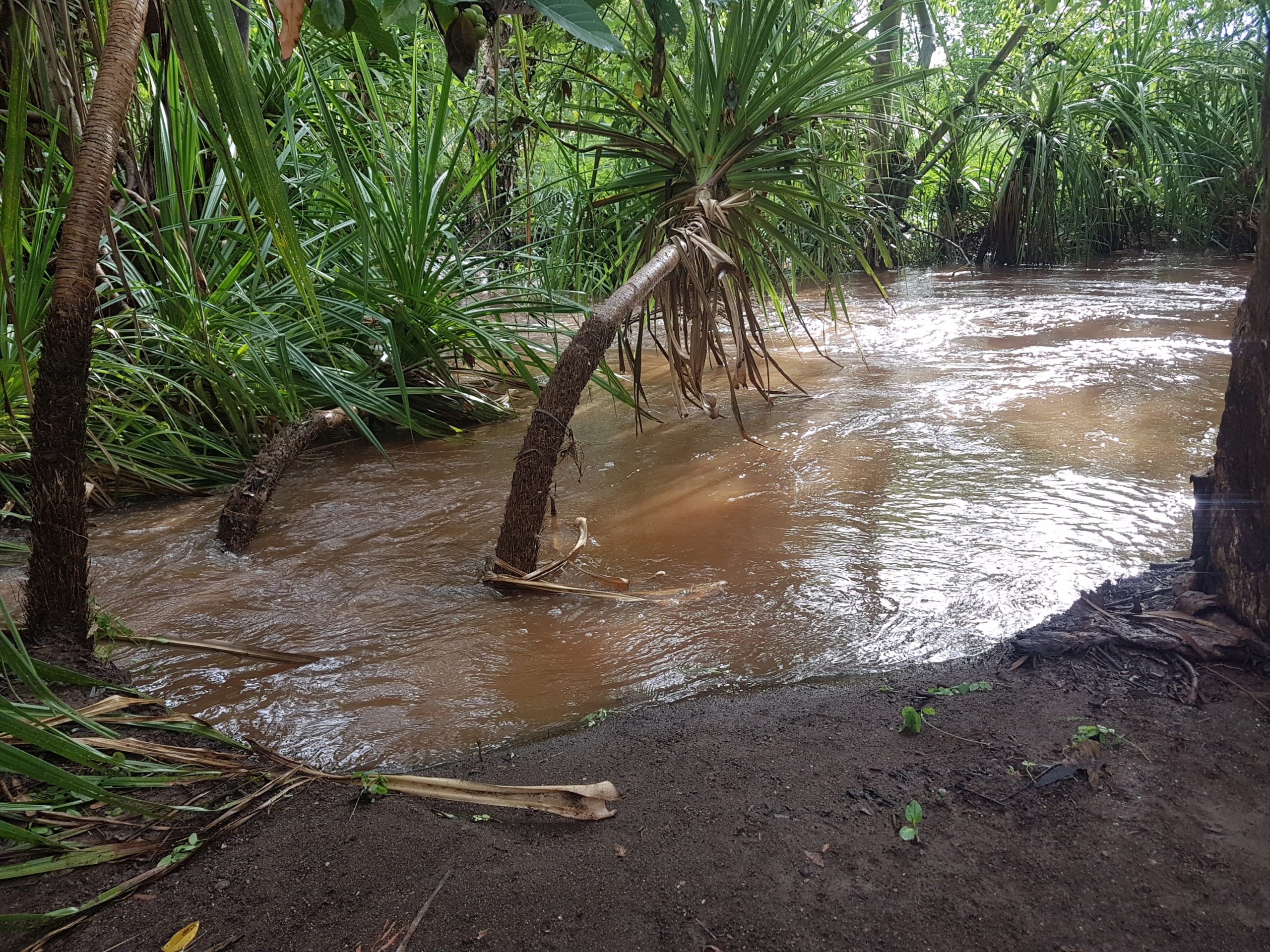Record-breaking rains bring the Kimberley to life

On a remote research station in the heart of the Kimberley, a group of scientists are currently cut off from the rest of the world due to record rainfall. But they say they wouldn’t want to be anywhere else.
The Mornington Wildlife Sanctuary, 80km south of the Gibb River Road and seven hours from Derby, is managed by a group of field ecologists from the Australian Wildlife Conservancy.
The sanctuary has recorded a total of 417.9mm of rain in January with 155.1mm in the last week alone. It was officially the wettest January recorded since their records began in 2006. The team are gearing up for an above-average season, with 670.4mm recorded already.
Despite the limits in movement, field ecologist Braden Riles says the record rain is like nothing he’s ever experienced. “Mostly it restricts us to getting around on our legs because we can’t drive anywhere,” he says. “The roads are too wet and the only way for us to get supplies is by air.
“We’re confined to our homes but we go out on bushwalks on the weekends and we try to stay active. It’s amazing, I don’t think we’d prefer to be anywhere else, we’re stuck by choice. The bush comes alive this time of year.”
As the rain fills up local creeks, banks are spilled creating a film of water over the sand plains. “This is when insect abundance goes through the roof. The frogs and geckos are all out feeding on termites and the purple-crowned fairy-wrens are having a bumper breeding season because of the extra food resources.”
Braden says the record rain is welcome after a dismal wet season with below average rainfall for 2018/19 and 2019/20, but things started looking up in 2020/21. “On the back of two poor wet seasons, we’ve had two good ones, so I expect we’ll see a boom in the landscape, particularly in mammals and reptiles.”
